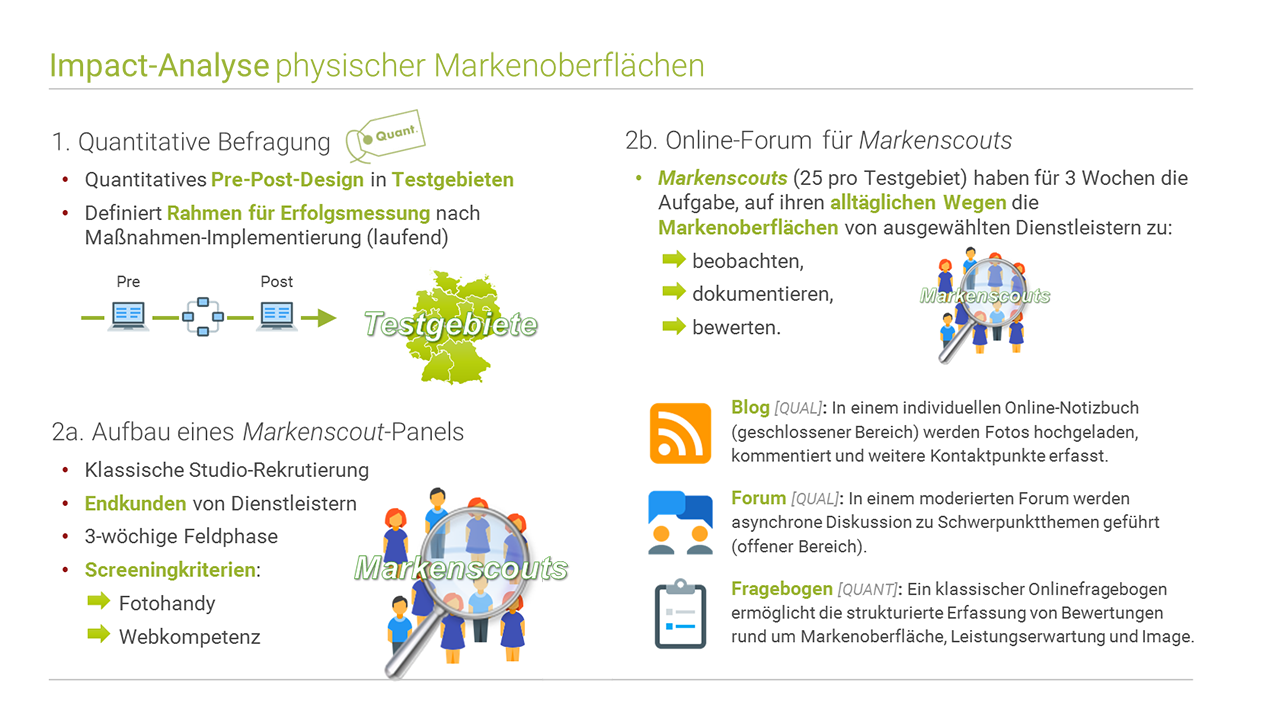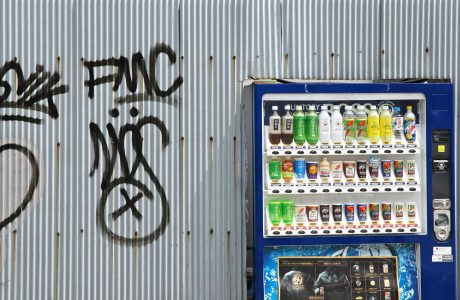Brand surfaces: Reality check for the glossy images of brand communication
This practical example comes from the “not really commonplace” category. It concerns brand surfaces and their influence on brand image and the perception of quality.
But what do we mean when we talk about brand surfaces? The study focussed on automatic vending machine fleets, vehicle fleets, letterboxes and telephone boxes, i.e. the “outer skin” of service companies that maintain large infrastructures across the country. And as with any skin, everyday life encounters leave very visible traces: A stark reality check for the glossy images of brand communication.
When you also see just how much money they have to spend on maintaining the infrastructure, it is no wonder that decision-makers in large companies want to know whether broken and dirty brand surfaces …
- have a negative influence on brand image,
- customers draw conclusions about the quality of the service from the condition of the surface and
- where the most effective investment should be made.






